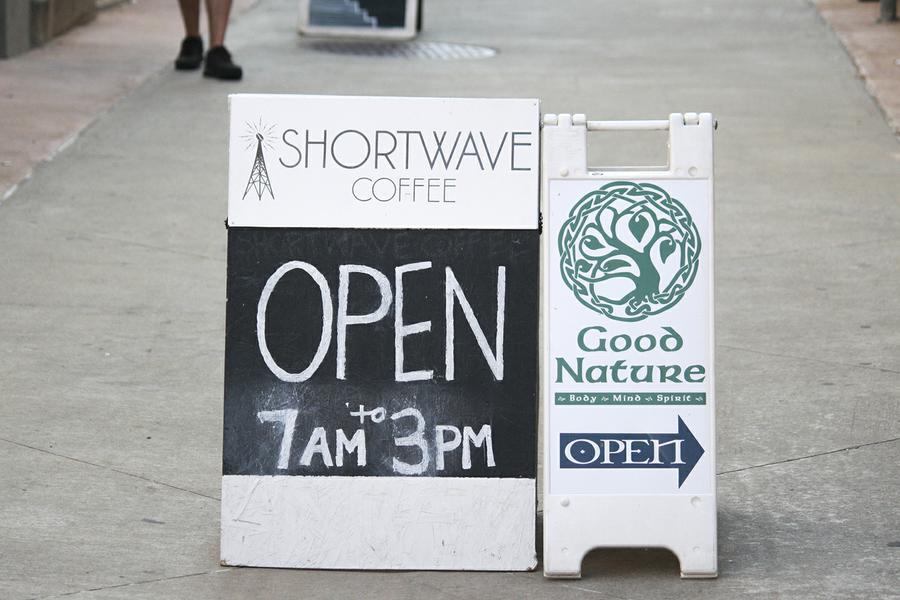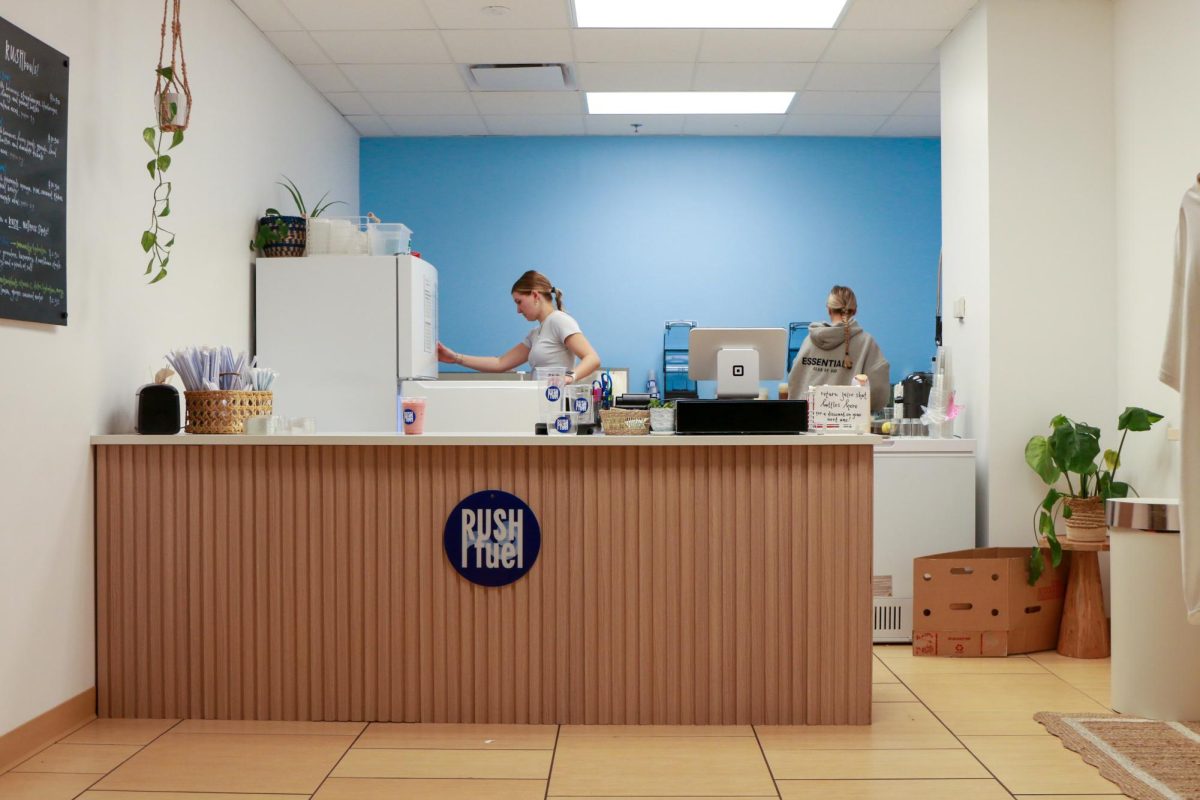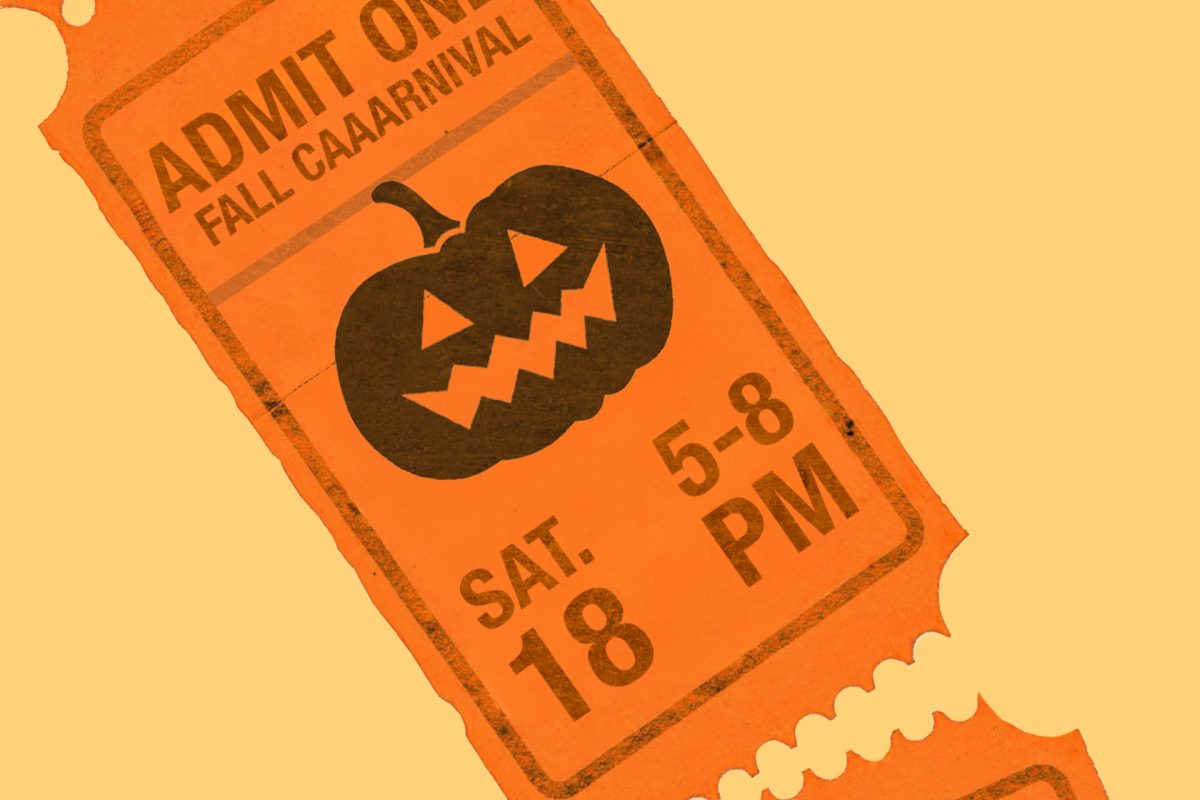Shortwave Coffee opened Valentine’s Day of last year and has been brewing quality cups of joe ever since. Though the menu may be seemingly simple, a lot goes on behind its staple coffee bar to make every cup the perfect cup. MOVE took a look at the ins-and-outs of Shortwave’s process and is here to explain the magic behind your mocha.
All quotes are from Shortwave owner Dale Bassham.
**Grinding the Coffee**
Coffee has to be ground in order to brew it. Shortwave features three different sizes of espresso grinders and houses a bowl grinder in the back.
“It’s essentially turning coffee into a more easily manipulatable subject. Like, if I’m brewing a French press, which I don’t really do, because we don’t feature a French press here, you can turn one coffee bean into about 20 pieces. If I’m brewing a drip cup of coffee you can turn one coffee bean into about 100 particles. If I’m brewing espresso, I turn it into about 3,000 particles. It’s just going smaller and smaller and smaller.”
Coffee oxidizes quickly, meaning it gets stale easily. The more surface area of the coffee that’s exposed to the moisture in the air, the quicker it goes bad. Shortwave avoids this problem by grinding just before brewing.
**Handbrews**
Shortwave features black coffee hand-brewed, meaning they take a certain amount of water and manually brew a cup of coffee for each customer.
Shots of espresso are brewed at 200 degrees but are pushed through at around 130 BSI, which is about four times the amount of pressure in the tires of a car.
“Imagine a blowout times four; we’re forcing that through coffee, and that’s espresso…my goal is to not screw it up.”
**On coffee-brewing and songwriting**
“Like you listen to a song, and it has techno loops, or it’s got like a string section or heavy vocal layering or all these kinds of things. The true test of a good song is, what does it sound like, one singer and one piano, right? All the extra stuff that can cover up, that can mask, that can hide how good the song really is, right? So we’ve got equipment and machinery to kind of showcase some of that stuff, and we do a few things here and there, I guess. But you won’t find a lot of the extraneous things, in regards to my coffee. It always comes down to, how does the coffee taste black? Like, this is still black coffee, it’s been pushed with various kinds of nitrogen gases, but it’s still coffee at its heart. Espresso? It’s still black coffee. But it’s pushed on an espresso machine; we brew it with pressure.”
**Coffee on Tap**
Shortwave has a partnership with Broadway Brewery, which has helped Bassham design a system in the shop to do things with coffee that are similar to what would be done with beer.
Bassham asks, “What do you think of when you hear, ‘on tap’?” That’s right, beer.
The Shortwave stout is a feature item on the company’s menu.
“It’s all just coffee. It’s sort of like cold brew coffee but it has this sort of crazy texture, like it’s effervescent, it’s light, it’s bubbly, it has some of the crisp pine nuts that you’re gonna get in a light roast coffee. Something different. Something fun.”
**Latte Art**
Now for the fun part: latte art. Bassham says the basics of this delicate artform can, for the most part, be learned in an afternoon. As for the perfect heart or tulip, it all comes down to having the right machinery and good technique.
“Essentially, pouring art, it’s mostly decided before you actually put the milk into the cup. If you don’t froth the milk correctly, you’re not gonna get art. If you don’t have good shots of espresso, you’re not gonna get art. I always say latte art is 90 percent speed. As far as secrets, it’s good machinery and good technique.”
**Why coffee?**
“There are things I really love about coffee — one of those things is that there’s something to be said for actually having a finished product, something to represent the time that you put into work, right? If I get a bag of coffee and roast it, countless sets of hands have already worked with that same coffee, whether they planted the trees, they picked it when it was ripe — not overripe or not still too fresh on the tree — but they harvested it, they sorted it, they processed it, they took the coffee cherry off of the seed, and they did that with TLC, with careful attention. Different sets of hands ship it, different sets of hands evaluate it, and send it out to me. And I get to be one of those sets of hands or links in the chain that get to work and do my best to render an outstanding product. I know I feel like as a society we don’t really make very much anymore, like we don’t produce things. We don’t have something that represents our hard work. So this is kind of my way to do that.”








